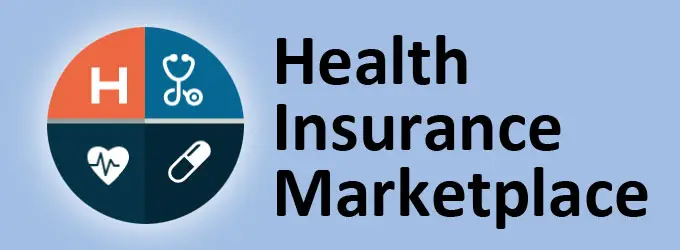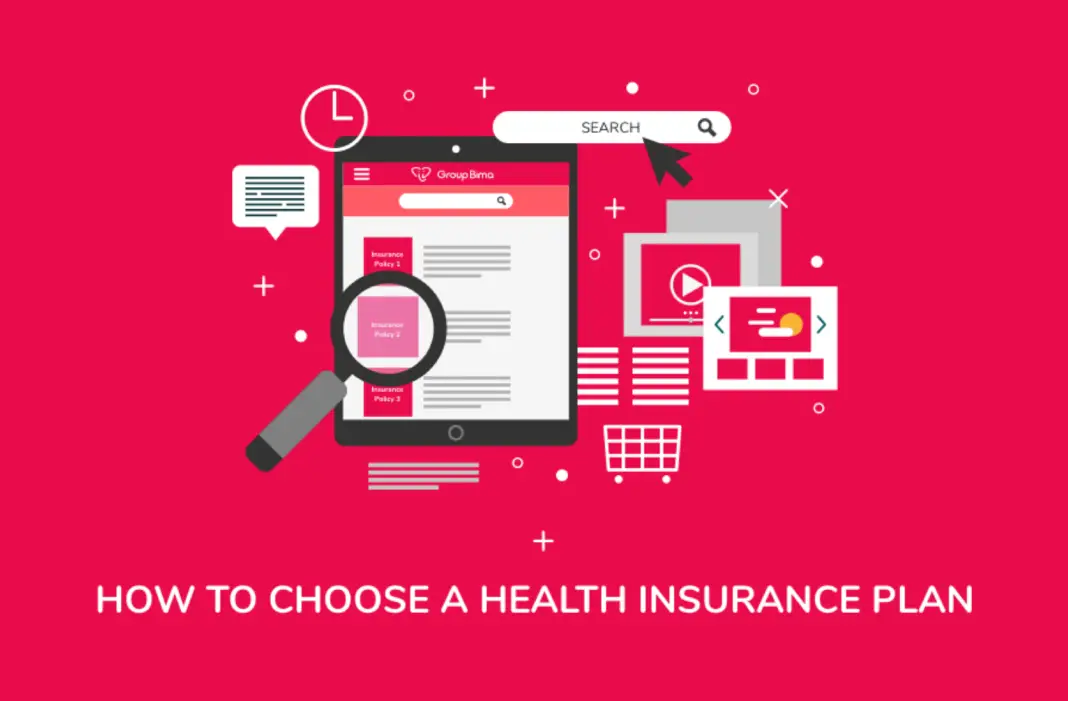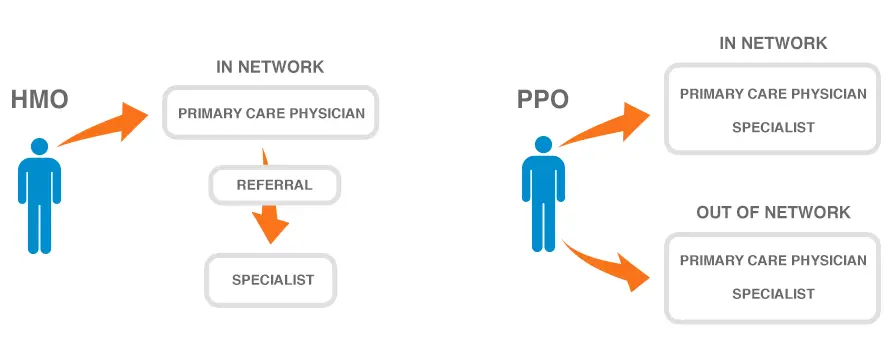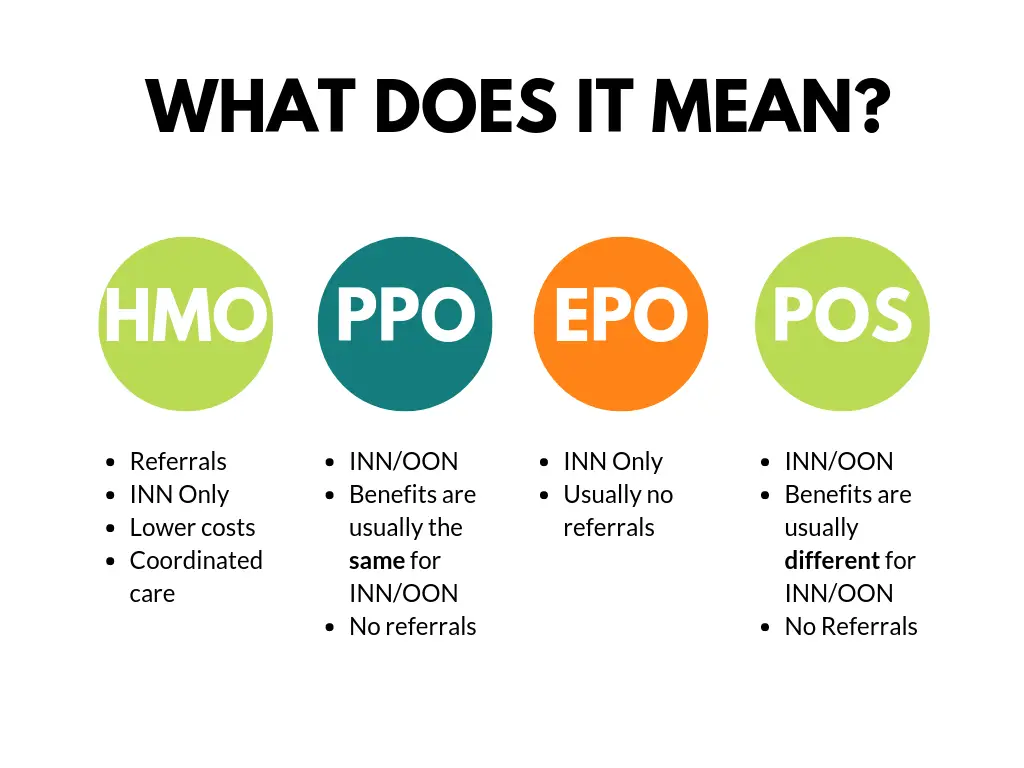“This post may contain affiliate links, if you click a link we may earn a commission if you purchase from that merchant.”
When it comes to choosing the right health insurance plan for your family, time is usually limited, but rushing and choosing the wrong one can be expensive.
Here’s a step-by-step guide to finding the right healthcare package for you and your family, whether through the federal marketplace or an employer.
Table of Contents
Find Health Insurance Plan in 2021
Step 1: Choose your health plan marketplace

You should look for an alternative option in the exchange if your company provides health insurance. However, proposals on the market are likely to be much more expensive.
This is because most employers pay a majority of their employees’ insurance costs, and the policies, on average, have lower overall premiums.
If your employer does not provide health insurance, shop for the best rates on your state’s public marketplace if one exists, or the federal marketplace.
During open enrollment, start by going to HealthCare.gov and entering your ZIP code. If your state has an exchange, you’ll be directed there. You’ll use the federal marketplace if you don’t have any other options.
You can also buy health insurance directly from an insurer or through a private exchange. You would not be eligible for premium tax credits, which are income-based deductions on your monthly premiums if you select from these.
Step 2: Compare types of health insurance plans
While searching for health insurance, you’ll come across some alphabet soup: HMOs, PPOs, EPOs, and POS plans are the most popular. Your out-of-pocket expenses and the physicians you will see will be influenced by the kind you choose.
Look for a list of benefits when comparing policies. In most cases, online marketplaces have a connection to the description and display the price near the plan’s title.
A provider directory should also be available, which lists the doctors and clinics that are part of the plan’s network. If you’re going to an employer, request a list of benefits from the workplace benefits administrator.
Place the family’s medical needs under the microscope while comparing various plans. Consider how much and what kind of care you’ve had in the past.
Though it’s difficult to anticipate every medical bill, being aware of trends will help you make better decisions.
If you have an HMO or POS package that requires referrals, you will almost always need to see a primary care physician first before scheduling a procedure or seeing a specialist.
Many people prefer other plans because of this requirement. HMOs, on the other hand, tend to be the most affordable form of a health plan due to the limitations.
If you don’t mind your regular physician selecting specialists for you, POS and HMO plans might be a better fit.
Since your doctor’s team coordinates appointments and manages medical records, you’ll have less work on your hands. If you want a POS plan and go out of network, get a recommendation from your doctor ahead of time to lower your out-of-pocket costs.
A PPO or an EPO can be preferred if you choose to select your specialists. If you can locate providers in the network, an EPO can help keep prices down; this is more likely to be the case in a wider metro region.
If you live in a remote or rural area with minimal access to doctors and care, a PPO may be a safer option, as you may be forced to go outside of the network.
What about an HDHP with a health savings account?
A high-deductible health plan may be any of the types mentioned above — HMO, PPO, EPO, or POS — but it must adhere to certain guidelines to be considered “HSA-eligible.”
While these HDHPs have lower premiums, you will have increased out-of-pocket costs, particularly in the beginning.
They are the only policies that allow you to open an HSA, a tax-advantaged account that you can use to pay for medical expenses.
Step 3: Compare health plan networks
When you see an in-network doctor, the costs are lower because insurance firms have negotiated lower rates for in-network providers. When you see a doctor who isn’t in your network, the prices aren’t fixed, and you’re usually responsible for a larger portion of the bill.
If you want to keep seeing your favorite doctors, make sure they’re included in the provider directories for the plan you’re considering. You may also ask the physicians explicitly whether they participate in a specific health plan.
If you don’t have a favorite doctor, choose a plan with a big network to give you more options.
If you live in a rural area, having a wider network is particularly valuable because you’ll be more likely to find a local doctor who accepts your plan.
If at all possible, eliminate any plans that don’t have local in-network doctors and others that have a limited number of provider options relative to other plans.
Step 4: Compare out-of-pocket costs
Out-of-pocket costs are nearly as vital as the network. The overview of benefits for any package should make it clear how much you’ll have to pay out of pocket for services.
Many state marketplaces, as well as the federal marketplace, include snapshots of these costs for comparison.
This move aims to narrow down your options based on your out-of-pocket expenses. A package that covers a higher percentage of your medical expenses in exchange for higher monthly premiums could be preferable if:
- You see your primary care physician or a specialist regularly.
- You require medical treatment regularly.
- Regularly, you take costly or brand-name medications.
- You’re expecting a child, planning to have a child or even have small children.
- You’re going to have surgery soon.
- You’ve been told you have a chronic illness, such as diabetes or cancer.




































